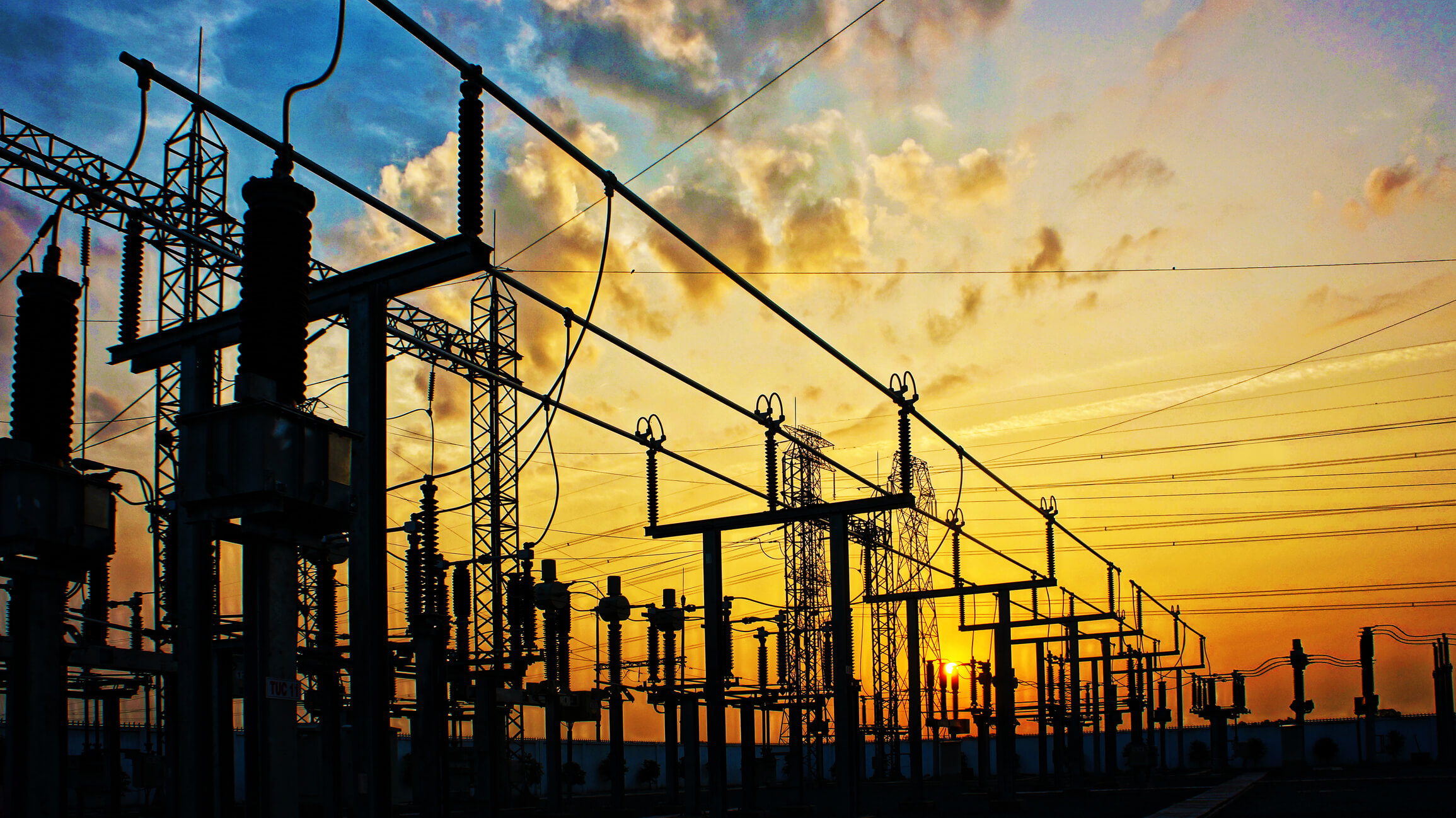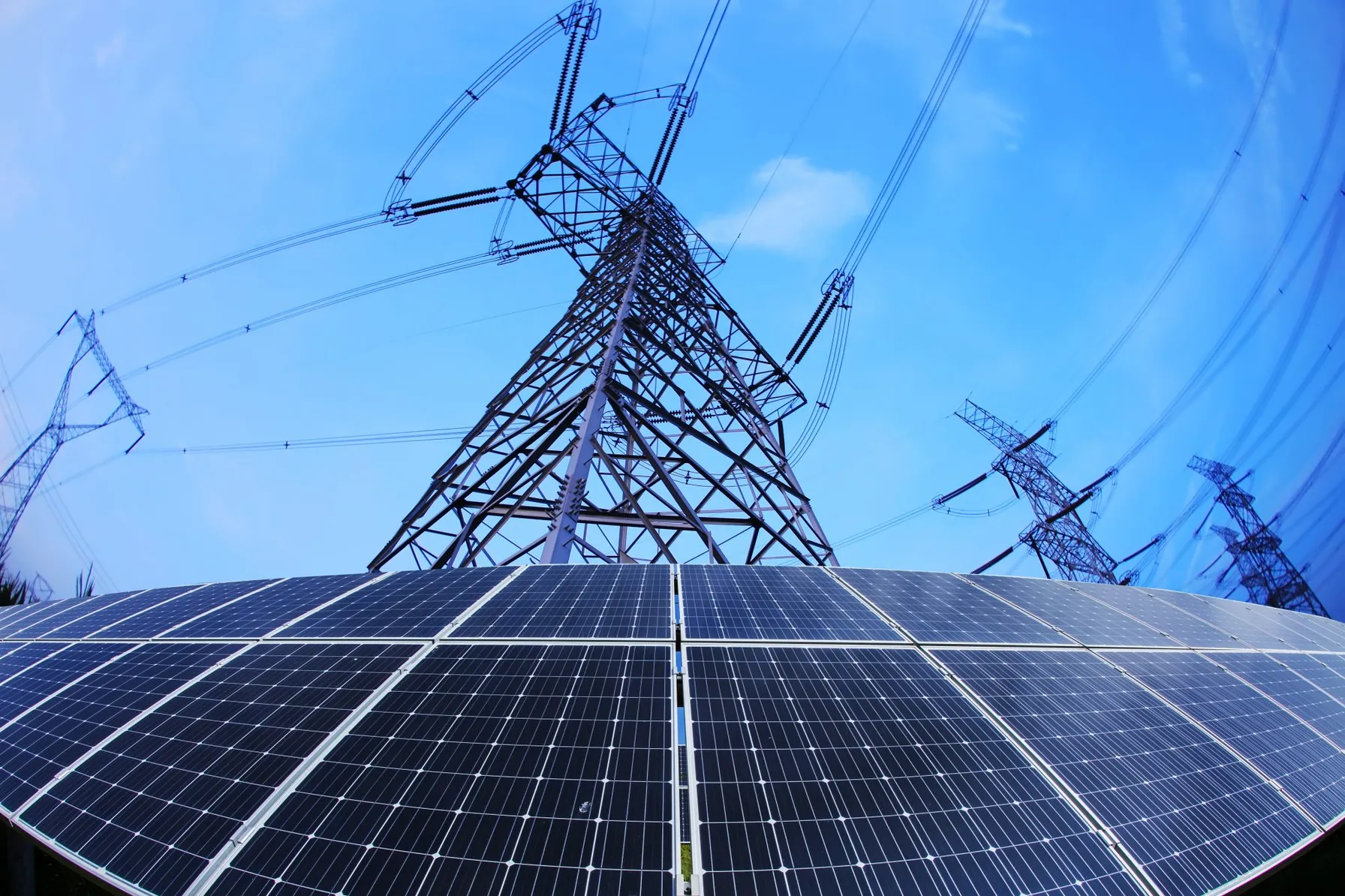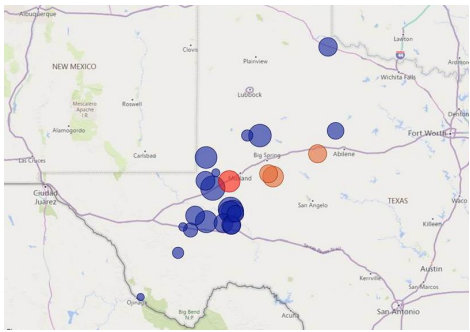On September 16, 2021, NERC released its report on the Odessa, Texas power system disturbances which occurred on May 9 and June 26, 2021. The report signals the need to improve the interconnection processes governed under the FAC-001 mandatory standard specifically as it relates to the interconnection of inverter-based resources such as wind and solar-photovoltaic (PV).
While NERC has analyzed multiple similar events in California, this is the first disturbance involving a widespread reduction of PV resource power output observed in the Texas Interconnection. The event involved PV facilities across a large geographic area of up to 200 miles from the location of the initiating event.
It is important to review the details of this disturbance analysis report because it reveals key insights and potential areas of improvement related to integrating new technologies into the grid. Transmission Owners will need to refresh their interconnection requirements, considering NERC’s findings. As the penetration of renewables increases, and the power system dependence on these new facilities increases, it is critical to stay ahead of the curve on renewable system performance gaps as noted in this analysis.
Related Services
Disturbance Overview
The May 6 bulk power system fault event occurred in the vicinity of Odessa, Texas, within the ERCOT operating footprint. PV and wind facilities were identified to have incorrectly responded to the event and were located up to 200 miles away from the fault location. The figure below shows the geographic location of the fault (red) as well as the affected solar PV facilities (blue) and wind facilities (orange).
The Disturbance Analysis Report Identifies Multiple Causes Of The Loss Of Generation And Slow Recovery, Including:
- Phase Locked Loop (PLL) Loss of Synchronism (389 MW): PLL loss of synchronism was the largest contributor to the reduction of PV output in this event. Two large BES facilities reduced output by 239 MW and 150 MW. This cause of tripping is specifically attributable to a specific inverter manufacturer and has been identified in multiple prior events analyzed by NERC.
- Inverter-Level Instantaneous AC Overvoltage (269 MW): The inverters logged trip codes attributed to ac overvoltage; however, oscillography data is generally available only at the Point of Interconnection (POI) and not at the individual inverters. In most cases, the POI voltage is within the PRC-024-3 voltage “no trip” curves. Furthermore, this trip mechanism is using instantaneous peak measurements at 1.3 pu rather than using RMS fundamental frequency measurements, as stated in the NERC standard.
- Momentary Cessation with Plant-Level Ramp Rate Interactions (153 MW): One plant included legacy inverters that use momentary cessation when the voltage falls below 0.9 pu. The inverters that should recover to pre-disturbance output relatively quickly when voltage recovers; however, the plant-level controllers interacted with the active power recovery and slowed the recovery to the limits established for meeting Balancing Authority ramping requirements in this case.
- Feeder-Level Instantaneous AC Overvoltage (147 MW): One facility had all its feeder-level protection trip on instantaneous phase ac overvoltage 59 relay targets set at 1.2 pu. These settings are directly on the PRC-024-3 curves. The review team questioned the need for this protection on the feeders and the plant owner/operator was unable to clarify what these feeder-level voltage relays are protecting.
- Inverter-Level Underfrequency (48 MW): One facility had all inverters trip, and many of the inverters in the facility recorded tripping on measured “grid underfrequency” conditions; however, frequency did not fall outside of the PRC-024-3 boundaries, so these inverters likely erroneously tripped on a poorly measured or calculated frequency signal.
- Feeder Underfrequency (21 MW): One plant had one feeder-level relay operate on underfrequency, tripping 21 MW of inverters
Gaps in Reliability Regulations Identified
NERC notes that there are currently no regulations that require specific performance analysis, and there is only the indirect ability for the Transmission Operator or Reliability Coordinator to seek corrections to any abnormal performance issues identified in existing facilities. Many of the Transmission Owners, in coordination with their respective other NERC functional entities, are still in the process of improving their interconnection requirements per NERC FAC-001-3. Discussions between NERC and various independent system operators/regional transmission organizations (ISO/RTOs) have identified gaps in established performance requirements that would not capture the abnormal behavior trends observed and that were documented in NERC disturbance report and NERC reliability guidelines.
Data reporting from the solar PV facilities in this event has improved as compared to past disturbance events analyzed by NERC and the Regional Entities. PMU data at the POI was helpful for overall plant analysis; however, Digital Fault Recorder data at the POI is essential for performing plant-level event analysis. Only one solar plant provided inverter-level oscillography data which significantly limited the ability of the review team to conduct adequate root cause analysis.
Next Steps
TRC’s technical teams have expertise in all power generation and power delivery engineering subject areas. TRC can provide an independent review of your current installed resources situation and assess your systems ability to perform as designed, helping you meet mandatory system performance requirements.
TRC offers extensive capabilities in interconnection studies, planning studies for extreme system events, and interconnection analysis to support reliable integration of renewable resources. We can support your company with an independent review of your FAC-001-3 interconnection related requirements for future interconnection of power generation and power delivery facilities.

Resources






